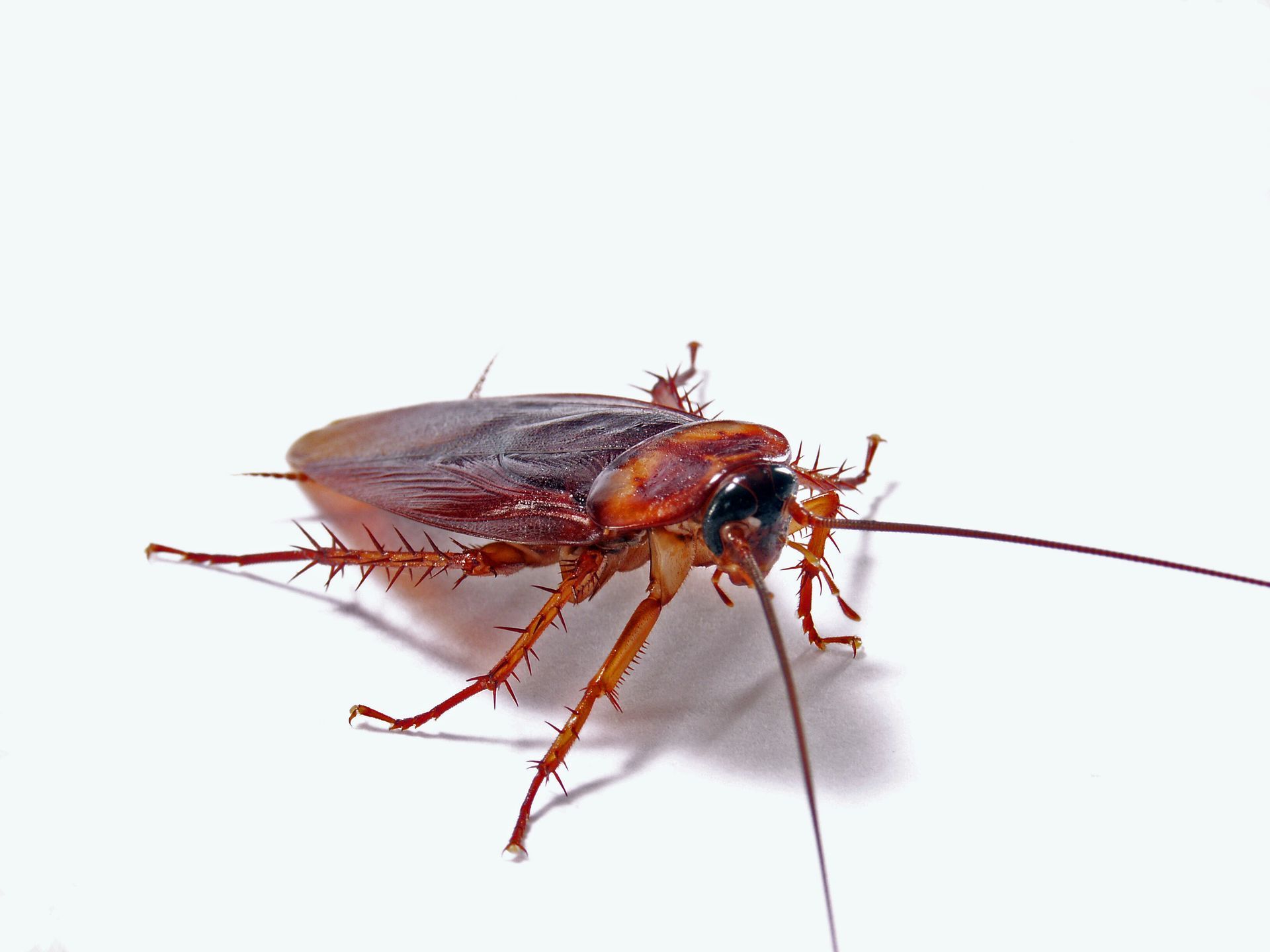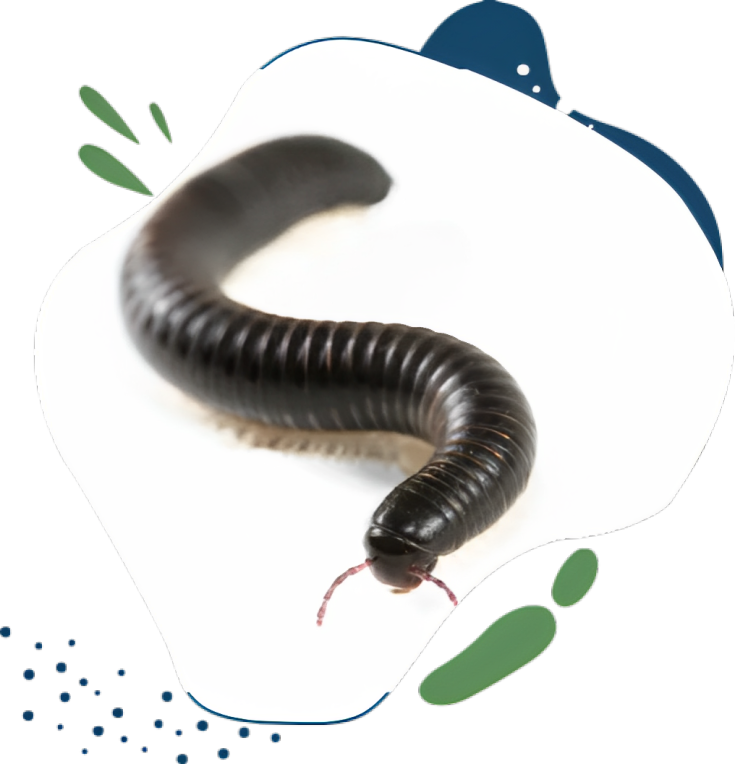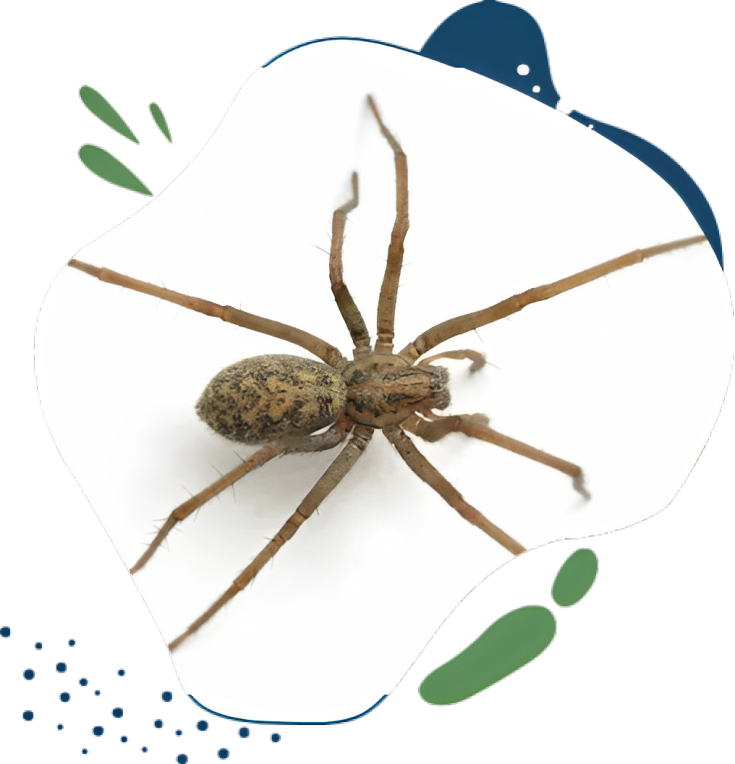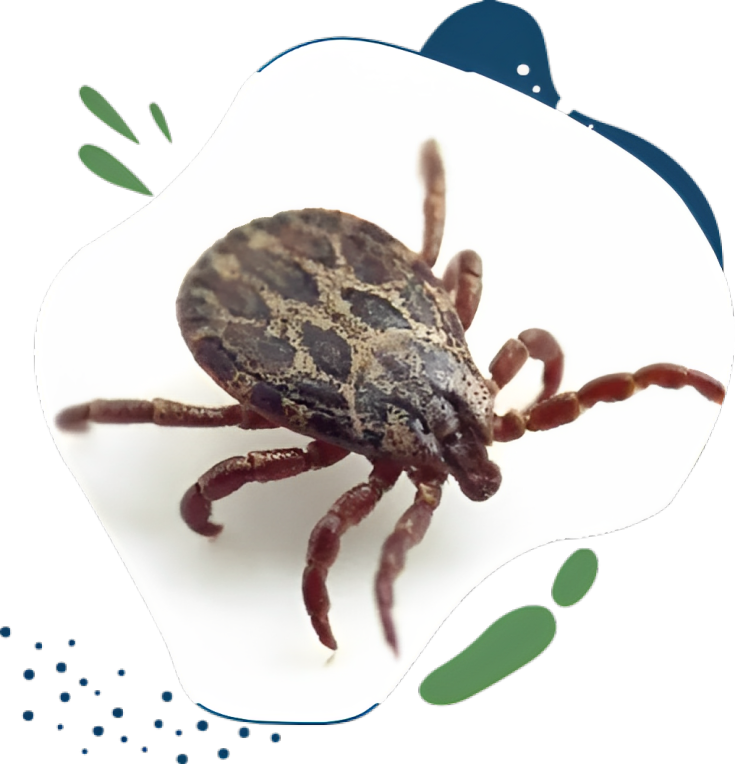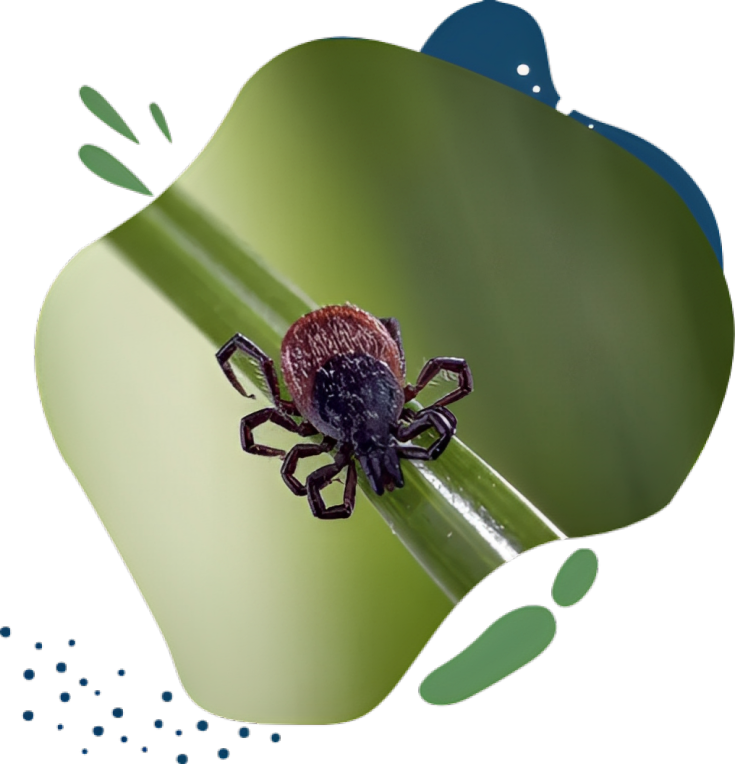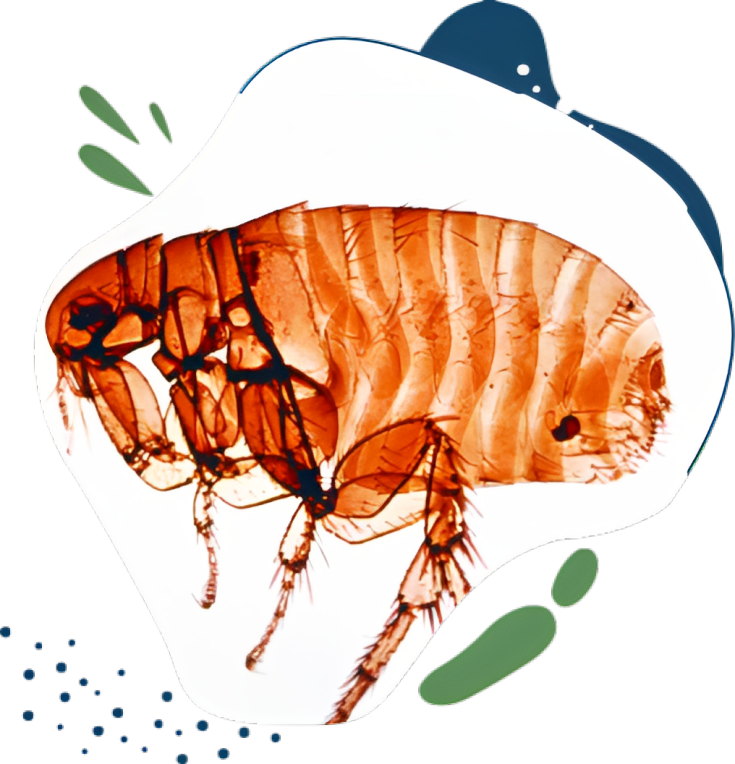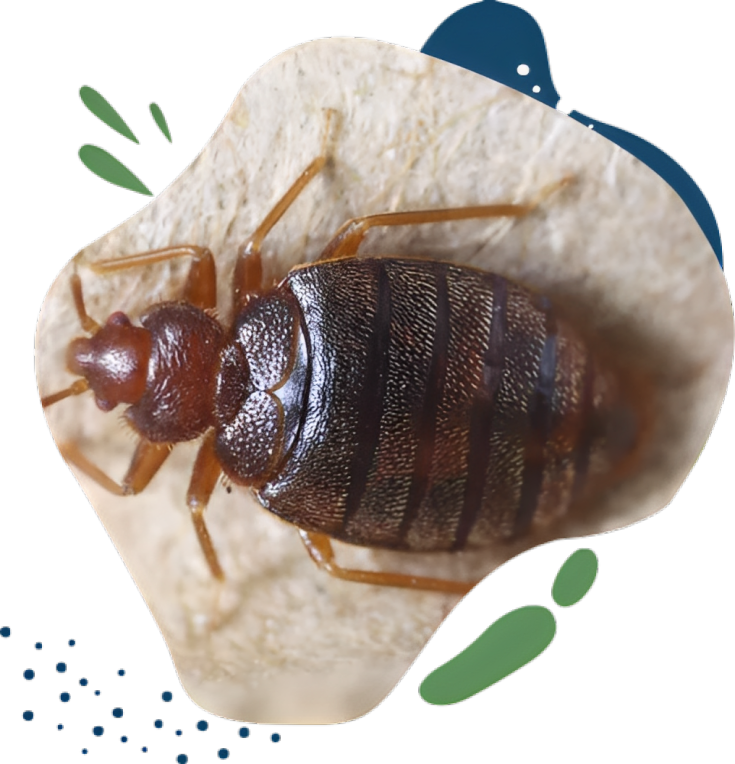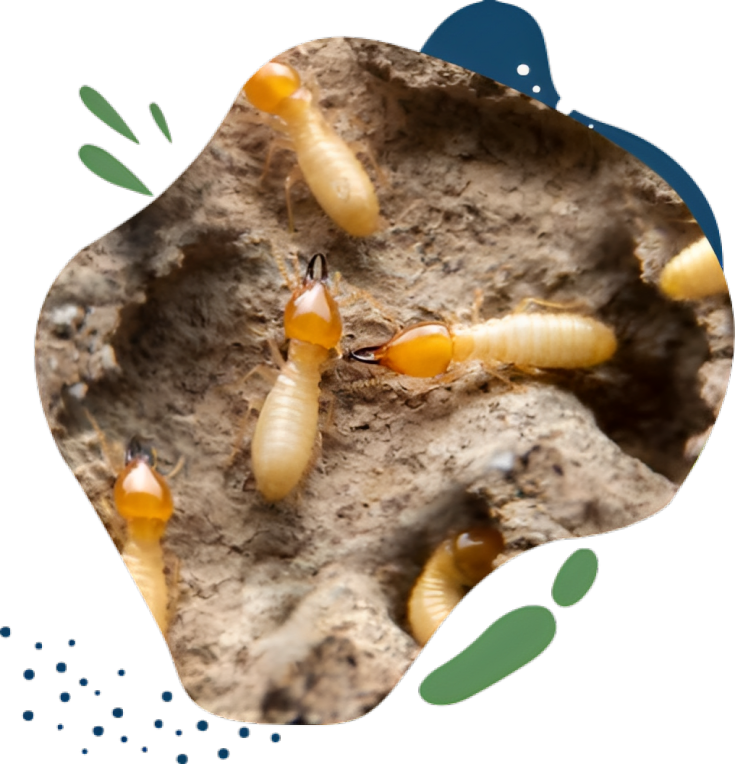Crawling Bugs
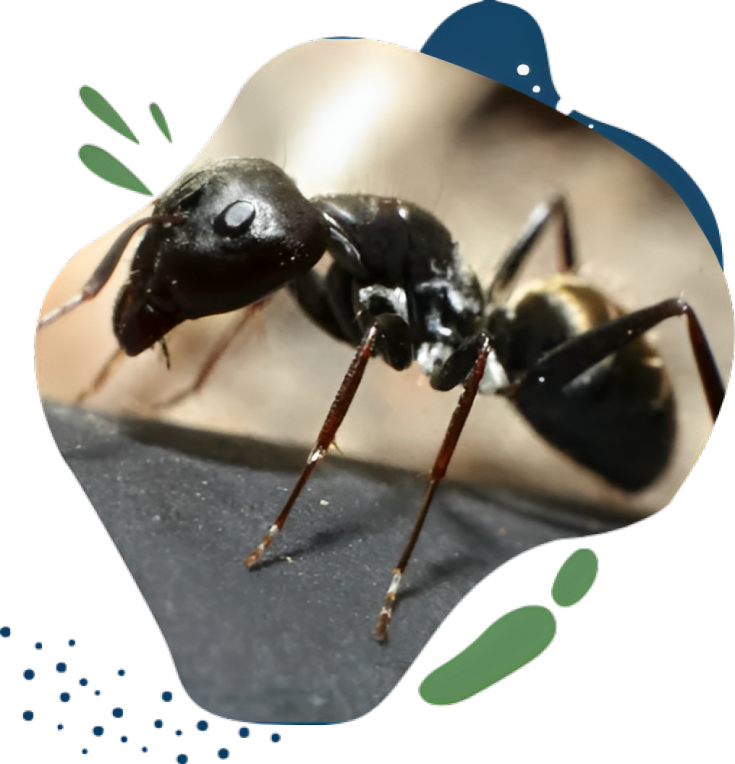
Ants
Carpenter Ants
Camponotus pennsylvanicus
Recognition: Large, upwards of ½" in length. Mainly reddish-brown to black.
Bio: Carpenter ant colonies can grow to as large as 50,000 workers. Colonies will initially establish themselves in moist decaying wood before expanding into dryer, healthier wood. Workers will excavate a gallery large enough to support the colony, leaving behind sawdust and frass.
Control:
As with all pests, Abair Lavery will take the least hazardous approach possible. Where wood is clearly moist, drying out the wood or replacing it may be necessary. An exterior perimeter treatment is highly effective. Where infestations have become severe, an interior treatment using residual liquids or gel baits may be required.
Pharaoh Ants
Monomorium pharoaonis
Recognition: Workers monomorphic/ Roughly 1/16". Queens generally twice the size of the workers. Off white to yellow in color.
Habits: Colonies are generally large with up to several hundred-thousand workers. The colony is subject to a process called "budding" due to the fact each colony will have multiple queens present. Each queen has the ability to branch off and form a separate colony.
Control:
As with all pests, Abair Lavery will take the least hazardous approach possible. A thorough inspection will be performed to determine possible colony locations. Because of this ant’s biology, baiting techniques are the only method used. Using dusts and/or liquid sprays will only make the issue worse as repellents cause this particular species to fracture into separate colonies, thus making control more difficult.
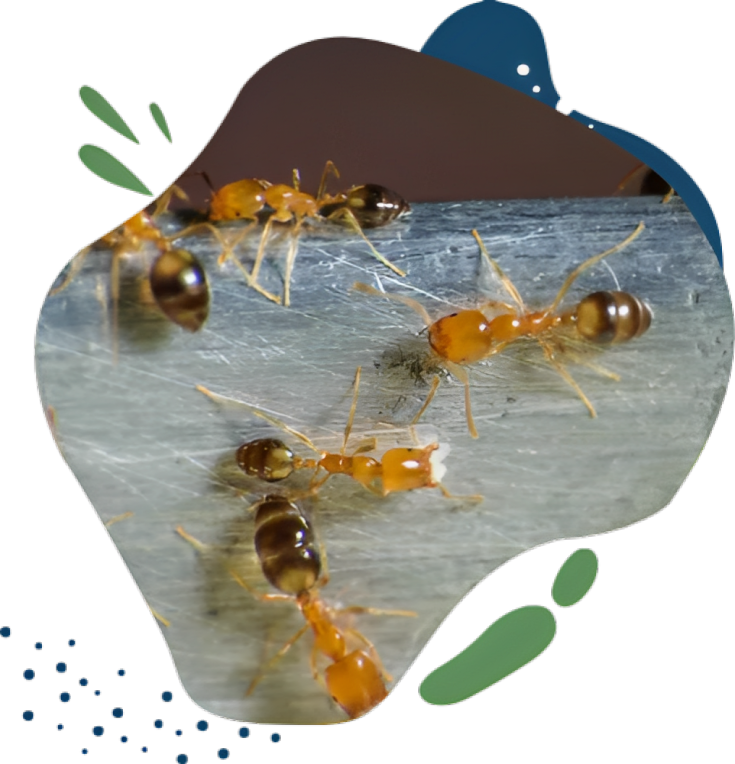
Cockroaches
German Cockroach
(Blattella germanica)
Recognition: Adults about 5/8" in length. Light brown in color with two darker stripes on pronotum.
Bio: Females will produce 30 eggs on average per hatching. Developmental time varies depending on temperature and humidity but on average from egg to adult is 100 days.
Control:
Obtaining cockroach control is a procedure that must be followed in order yield results. Cockroaches will usually be introduced into an environment by being carried in on cargo or delivery items. Once introduced into a property, they seek unsanitary conditions to feed on and harbor in. Ensuring clean and uncluttered conditions will not allow cockroaches to thrive, thus allowing for control efforts by Abair Lavery to be successful. Baiting methods is the primary route of control. Sprays and dusts can also be applied in situations that require them.
North American Millipedes
(Narceus Americanus)
Recognition: Adults generally averaging 1" in length. Color ranges from brown to black. Long cylinder shaped and almost wormlike in appearance.
Habits: Millipedes will overwinter in residential or commercial structures. Adult females will lay up to 250 eggs during the summer. These pests are found in areas of high moisture and feed primarily on decaying organic matter.
Control:
As with all pests, Abair Lavery will take the least hazardous approach possible. The key to long term control is to remove the moisture is that is allowing this pest to thrive. Conditions such as leaf piles, grass clippings, wood piles or simply overgrown vegetation are places to start. For remaining adults, a liquid application is suggested.
House Spider
(Achaearanea tepidariorum)
Recognition: Roughly 1/4" in body length. Color can range from gray to black with legs yellowish-orange.
Bio: Female spiders yield eggs sacs that can contain up to 300 eggs. They hatch in one to two weeks depending on temperature and humidity. They will construct heir webs most commonly in ceiling corners, window frames, basements garages and other secluded areas.
Control:
A thorough inspection of the property should be conducted. The primary focus will be on ensuring the property is in good physical condition. Properly screened and sealed windows and doors. Removing any clutter or debris is important. These are some changes that can reduce spider populations. Appropriately labeled pesticides can then be used as contact solutions for removing webs. Applications can also be made to common spider harborage areas as a preventative measure.
Ticks
We've all seen them; they're quick to attach and annoying to remove. Unfortunately, they're also dangerous. Connecticut is home to a number of tick species, including the Black-legged Tick (commonly referred to as the Deer Tick), which is the cause for a number of concerning illnesses.
While correct landscaping practices such as mowing the lawn and regular manicuring of the surrounding vegetation will discourage harborage, timed treatments by a pest professionals will help put you over the edge for protection
Call our office today to learn more!
American Dog Tick
(Dermacentor variabilis)
Recognition: Males about 1/8" while females will be slightly larger. Brown in color with white markings.
Bio: Adult ticks will harbor in overgrown vegetation and wait for hosts to pass. Once a viable host has approached their resting site, they will leap onto the host, and proceed to feed. Once engorged, the tick will drop off and seek shelter.
Control:
Homeowners can prevent tick populations from being overbearing by routinely cutting grass and keeping vegetation from overgrowing to close to walkways and paths. Abair Lavery will focus our chemical efforts in areas where tick populations are likely to be high. Overgrown vegetation, common walking areas and property lines are common.
Cat Fleas & Dog Fleas
(Ctenocephalides Felis and Ctenocephalides Canis)
Recognition: Both species are roughly 1/8" in length and brown to black in color except after feeding when they are slightly red. Distinguishing which species is at hand generally requires examining the pests head under a microscope. Characteristics of the Cat Fleas head will vary from that of a Dog Flea.
Habits: Females will have a blood meal and then lay an average of 6 eggs. Eggs will either be deposited on the host animal or laid near the resting spot of the host. Larval stages will feed on the excrement left by the adult flea in the early stages. As an adult, fleas will regularly seek a blood meal, but can survive for several months without one.
Control:
As with all pests, Abair Lavery will take the least hazardous approach possible. A thorough inspection will be performed to determine the heavy areas of infestation. The host must be treated. When pets are present, consult your veterinarian. Prior to the technician's arrival, the home should be vacuumed thoroughly. The technician will apply liquids coupled with growth regulators and follow with a ULV treatment. During the ULV stage, homeowners will need to vacate the residence and remain absent until directed to return.
Bed Bugs
(Cimex Lectularius)
Recognition: Adults upward of 1/5" in length. Brown to reddish brown depending on last feeding session.
Bio: Mainly nocturnal, bed bugs are effective hitchhikers and can travel in luggage, clothing, or furniture. Will harbor during the day in cracks and crevices within the infested structure. Headboards, mattresses, box springs, nightstands, and wall voids are the most common. Typically will feed when host is readily available, however, can reportedly go as long as a year without feeding.
Control: Customer cooperation and awareness is vital to treatment success. Preparation is required to enable our technicians to be as thorough as possible. Bedding should be removed from bed to be laundered. Box springs and mattresses should be stood up. Floor should be clear and any clothing should be removed to be laundered. Treatments will vary depending on severity but topical treatments will be applied to rooms in question. It is highly recommended that mattresses and box springs be protected via an encasement prior to our arrival. All Occupants should vacate the unit (or property, if residential) and remain away for a minimum of 3 hours after technician completes service. Ventilation should be performed when re-entering home.
Service Schedule: Initial treatment Follow treatment - 14 days Second follow up - 7 days after first follow up
Eastern Subterranean Termite
Reticulitermes flavipes
Recognition:
There
are three castes of a termite colony.
Workers 3/8" in length. Creamy white in color. Lack wings.
Soldiers 3/8" in length. Creamy white in color. Head will be significantly larger than that of a worker. Lacks wings
Reproductives (Swarmers) 3/8" in length. Black in color. Wings present.
Bio: Eastern Subterranean Termites typically will attack softer wood. Mature colonies can contain 50,000 to upwards of a million workers. Swarming will generally occur in early spring. Damaged wood will often have a muddy substance within it. Colonies will establish themselves in the soil, and create paths to and from the food source they are attacking. They will become inactive in most homes during the winter.
Control:
Abair Lavery will assess each termite problem with a free inspection and consultation visit. If liquid treatments are required, a properly labeled termiticide will be applied to the soil. Abair Lavery also has the luxury of being approved by Dow Agro Science, to use their modern, eco-friendly and less intrusive approach to termite control; their Sentricon baiting system.
Let Our Family,
Take Care of Your Family
Schedule service today to keep your peace of mind in tact.

